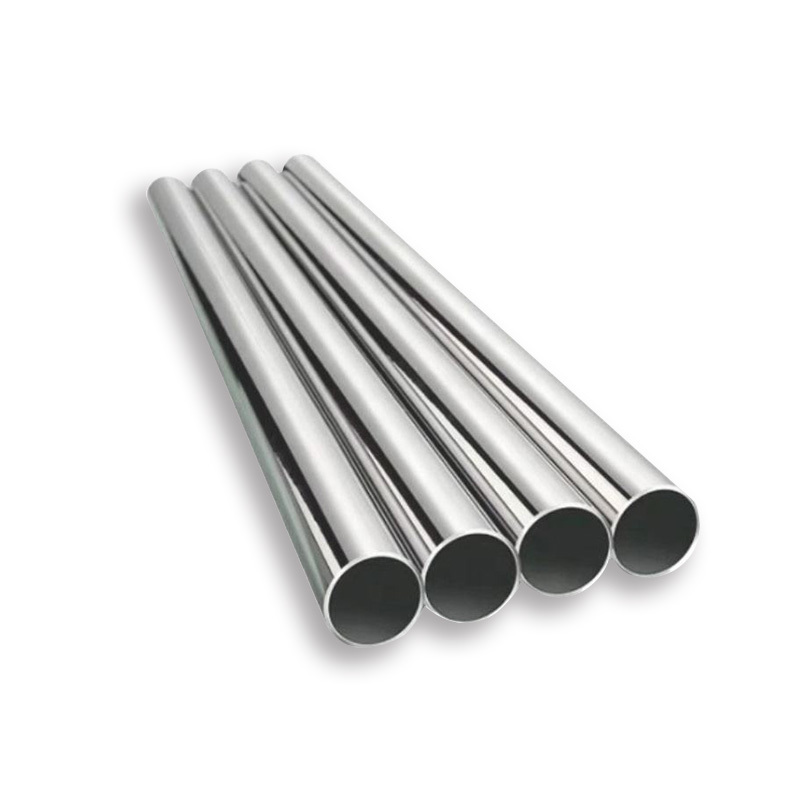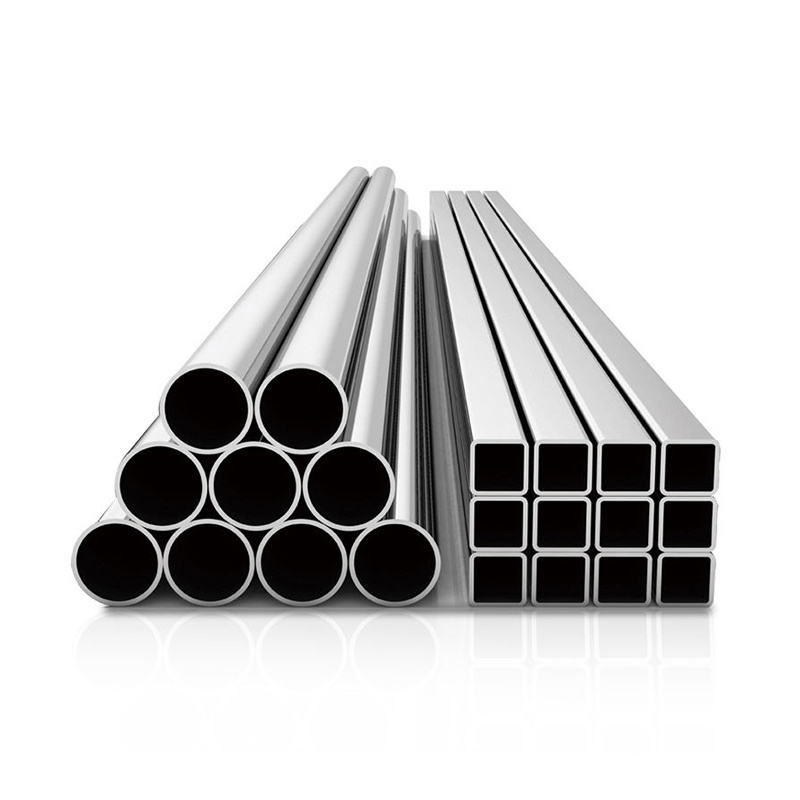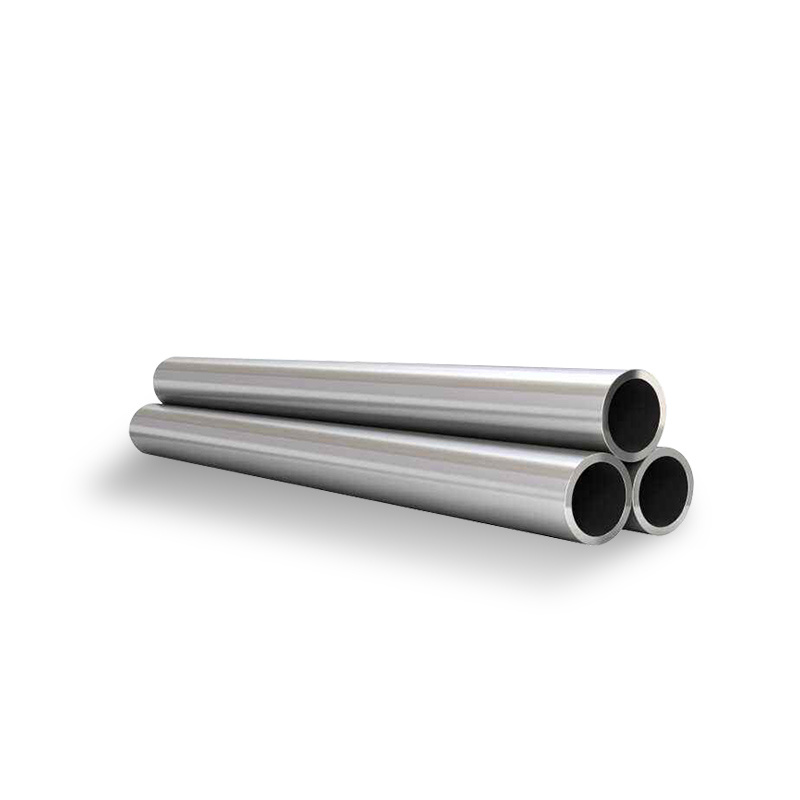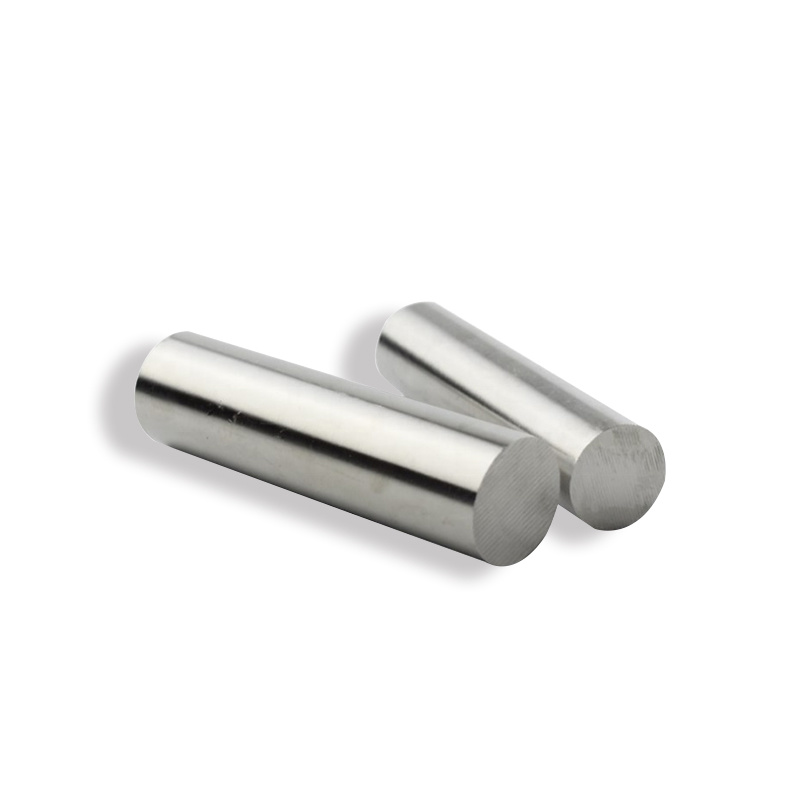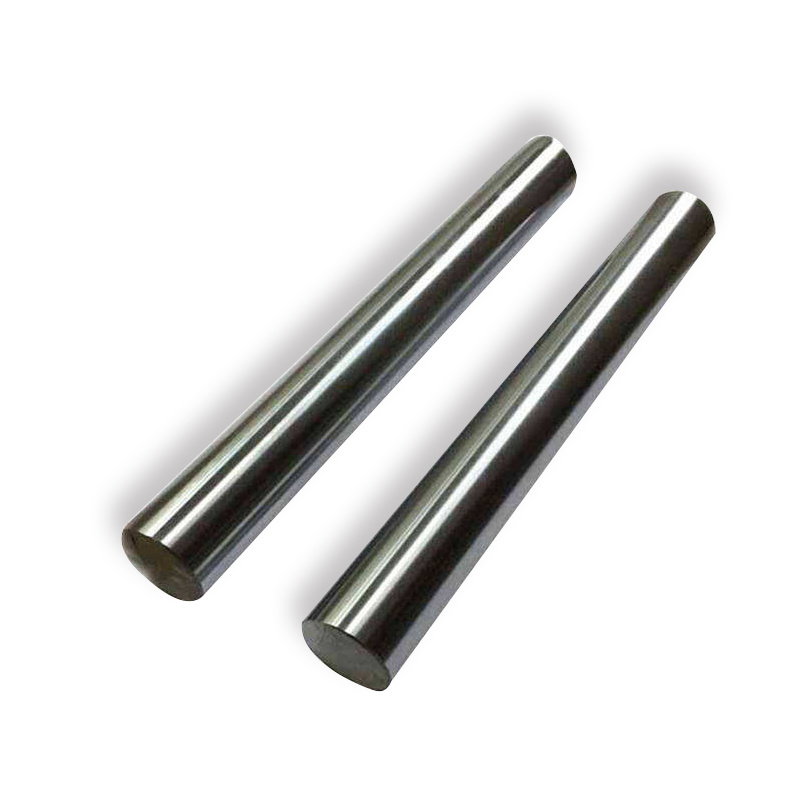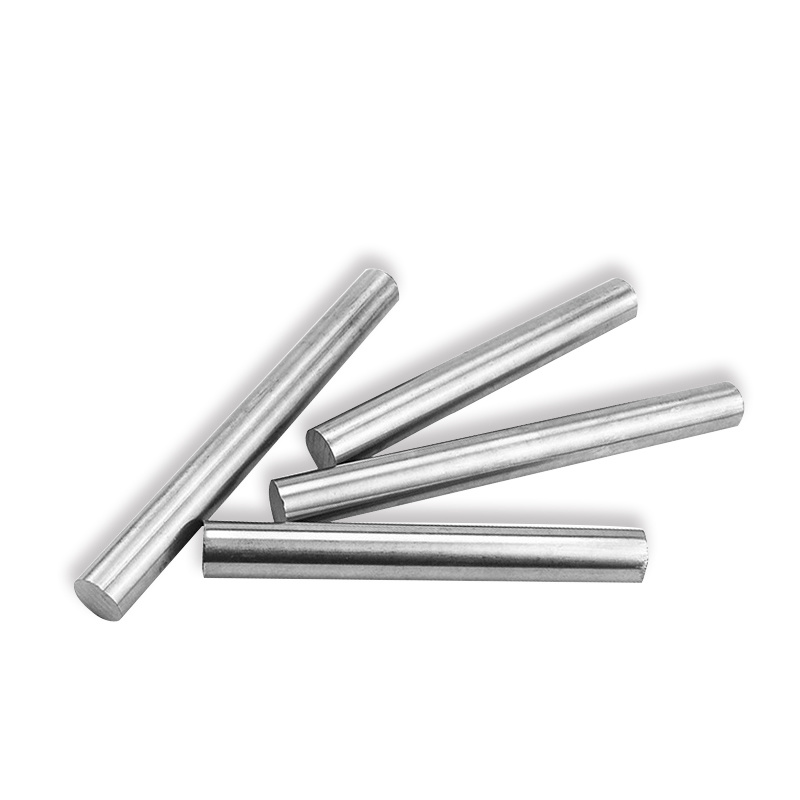PRODUCT CENTER
CONTACT US
If you are interested in cooperation, please contact us immediately, we will give you feedback as soon as possible!
Mobile
430 grade is a ferritic, straight chromium, non-hardenable grade that combines good corrosion resistance and formability characteristics with useful mechanical properties. Its resistance to nitric acid attack allows it to be used in specific chemical applications, but automotive trim and electrical components represent its largest areas of application.
444 stainless steel is a ferritic stainless steel, the national standard grade is 00 Cr18Mo2, its elements of ultra-low carbon nitrogen, chromium content of 18% and 2% molybdenum content, strong corrosion resistance. This type of stainless steel is usually stabilized by niobium or titanium, which can prevent intergranular corrosion after welding.
GB/T700 GB/T1591 Carbon Steel Plate
The equivalent material of GB/T700 Q275 carbon steel and low alloy steel plate is S275JR steel plate. S275JR steel plate is a general-purpose carbon structural steel. This steel is similar to the steels listed in China GB/T700 and GB/T1591. It is also a carbon structural steel and low alloy structural steel used in engineering steel and structural steel, which is usually not heat treated. GB/T1591 steel plate is a Chinese standardized low alloy medium tensile strength steel plate produced by hot rolling process. GB/T1591 steel plate has a variety of manufacturing purposes.
309 and 309S are austenitic chromium-nickel stainless steels that are typically used for higher temperature applications. Due to its high chromium and nickel content, 309 and 309S alloys have a high degree of corrosion resistance, excellent oxidation resistance and excellent heat resistance, while providing good strength at room temperature and high temperature. The only significant difference between 309 and 309S is the carbon content. The 309S alloy has less carbon, which minimizes carbide precipitation and improves weldability.
254SMO is a stainless steel originally used in seawater and other aggressive chloride environments. This grade includes a very high-end austenitic stainless steel; consisting primarily of 17.5 to 18.5 percent nickel, 19.5 and 20.5 percent chromium, 6 to 6.5 percent molybdenum, and. 18 to. 22 percent nitrogen. In this "super austenitic" chemistry, these specific levels of Cr, Ni, Mo and N give the 31254 impact toughness to resist cracking, pitting and crevice corrosion, and almost twice the strength of 300 series stainless steel.
439 steel is in the ordinary ferrite material (430) on the basis of reducing the content of C, while adding Ti and other stabilizing elements, so that the steel intergranular corrosion resistance, formability and weldability are improved. Compared with the 304 steel, although the elongation is low (about 30%), but the strength, corrosion resistance, and corrosion resistance is better than 200 series materials.
444 stainless steel is a ferritic stainless steel, the national standard grade is 00 Cr18Mo2, its elements of ultra-low carbon nitrogen, chromium content of 18% and 2% molybdenum content, strong corrosion resistance. This type of stainless steel is usually stabilized by niobium or titanium, which can prevent intergranular corrosion after welding.
Grade 904L is an unstable low carbon high alloy austenitic stainless steel. The addition of copper to this grade greatly increases its resistance to strong reducing acids, especially sulfuric acid. It is also highly resistant to chloride attack, including pitting/crevice corrosion and stress corrosion cracking.



